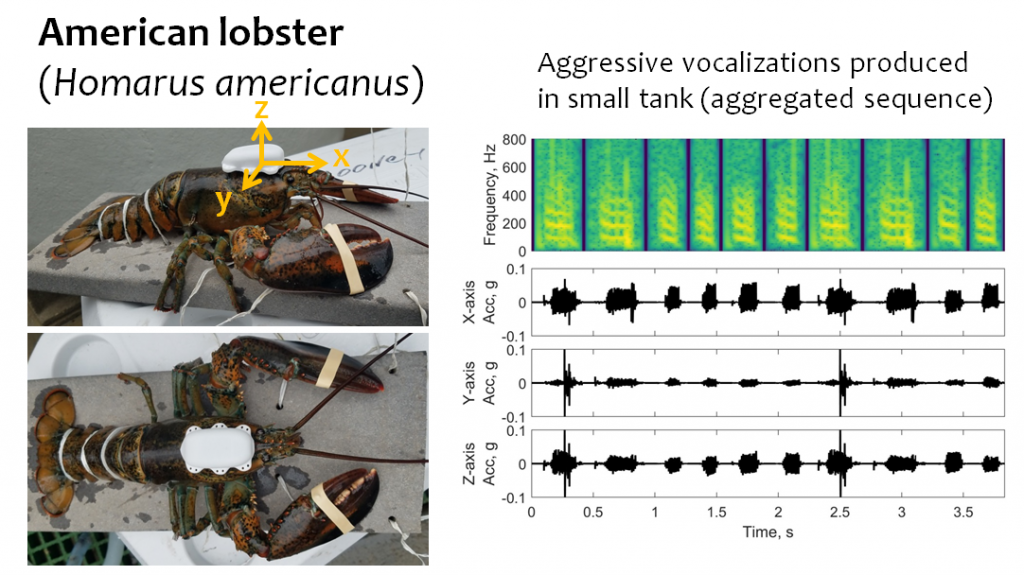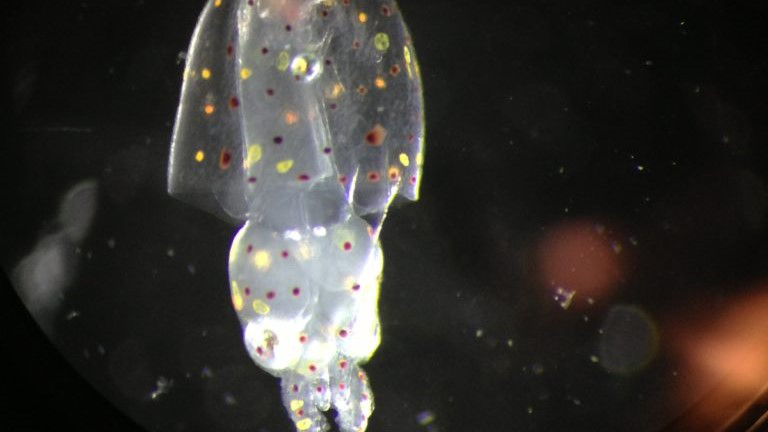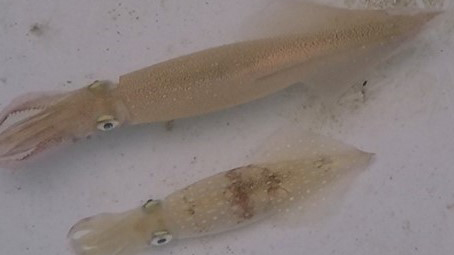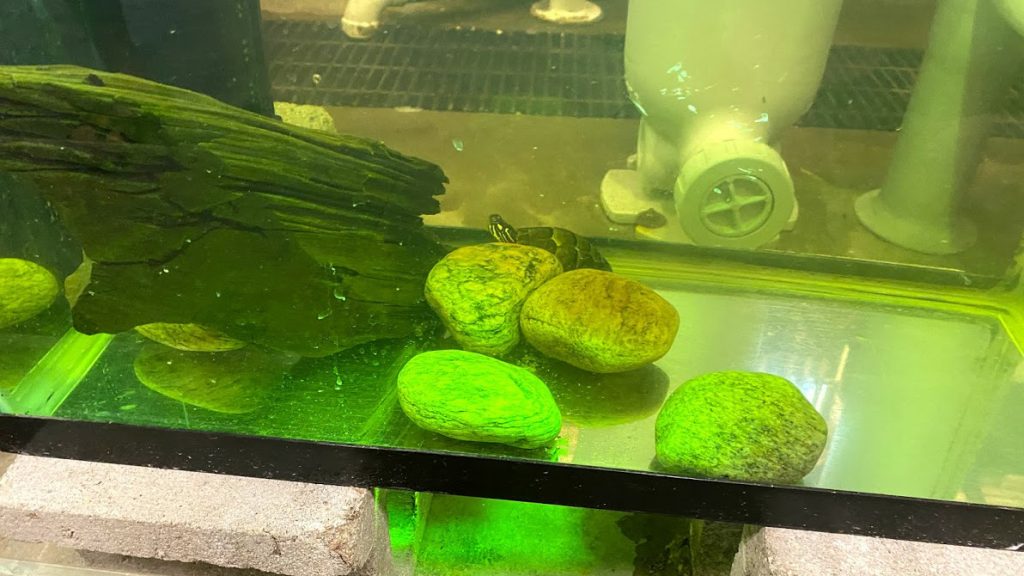Archive for February 2021
Fish Tags
Many species of fish and invertebrates produce sounds, yet most of these sounds are currently unknown and sounds from unknown species are frequently encountered on long-term acoustic recorders. We are developing new biologging and active acoustic tags that can detect the vibrations associated with sound production of tagged individuals in-situ and either store them on the tag or transmit a coded high-frequency acoustic label to a nearby acoustic recorder, thus enabling acoustically monitoring for species distribution and abundance.
Read MoreSquid Ocean Acidification
The goal of this work is to quantify how ocean acidification conditions impact squid (Loligo pealeii) embryo and paralarval development, behavior, and survival, as well as address the mechanisms that potentially induce these changes.
Read MoreBeluga calls and Beluga hearing (Bristol Bay)
Due to the opening of the Northwest Passage and interest in Arctic resources, human naval activities and consequent ocean noise (e.g., resource exploration, shipping and sonars) are increasing in northerly beluga waters. In this project we are measuring the hearing abilities of temporarily captured wild belugas from Bristol Bay.
Read MoreSquid Hearing and Responses to Noise
Squid and other cephalopods detect acoustic stimuli, however very little is known about their hearing abilities, and how human-produced noise may impact their behavior and ecology. We are collecting neurophysiological hearing data on squid to better understand how these animals hear, and are conducting noise-playback experiments to determine how noise may influence ecologically important behaviors of these squid.
Read MoreITAG – Environmental influences of squid behavior
Squids are ecologically and economically vital taxon, yet there is little data of their behavior, outside captive settings. Our lab is bridging this knowledge gap by affixing bio-logging tags to free-ranging squid. These tags, ITAGs, measure the animal’s fine-scale movements concurrently with its depth, temperature, and surrounding light levels. We are using this technique to shed light on how environmental conditions influence squid swimming behavior and habitat use.
Read MoreLarval responses to sound
With new advances in underwater recording devices and acoustic data processing, we have begun to understand the relationship between coral reef soundscapes, larval settlement, and local biodiversity. While the use of sound by marine organisms has been greatly focused in marine mammals and adult fishes, larvae and other animals are also capable of detecting sound as it as it travels efficiently in the ocean. However, the role of sound in shaping larval settlement patterns and community structure is not well understood. Our work incorporates a detailed examination of coral reefs in the US Virgin Islands National Park across a gradient of habitat conditions to quantify settlement, reef conditions, and biophysical variability.
Read MoreTurtle Hearing and Noise Impacts
Ocean sound is a major cue for marine organisms. Sound travels farther and faster than in air, rendering it more effective than visual and chemical cues over long distances. Some turtle species produce sounds, but little is known about their hearing capabilities. Much of our current knowledge of turtle hearing comes from anatomical models, which suggest some species hear lower frequencies. Lab experiments have showed that turtle hatchlings use wave-sound to orient themselves towards the ocean, but many questions about how sound is used as a sensory cue.
Read MoreHearing and noise impacts in Seabirds
Birds are well-known for their acoustic communication yet for often imperiled seabirds, auditory data is challenging to obtain and hearing data are limited. We are combining hearing, noise, anatomy and soundscape studies to understand the hearing of deep-diving Auks.
Read More






